[Herald Interview]Gigas owner- chef Jung values time spent on farms
Michelin Green Star restaurant focuses on farm-to-table dining experience using fresh produce straight from Jung's parents' farm in Gunpo
By Kim Hae-yeonPublished : Nov. 12, 2022 - 16:01
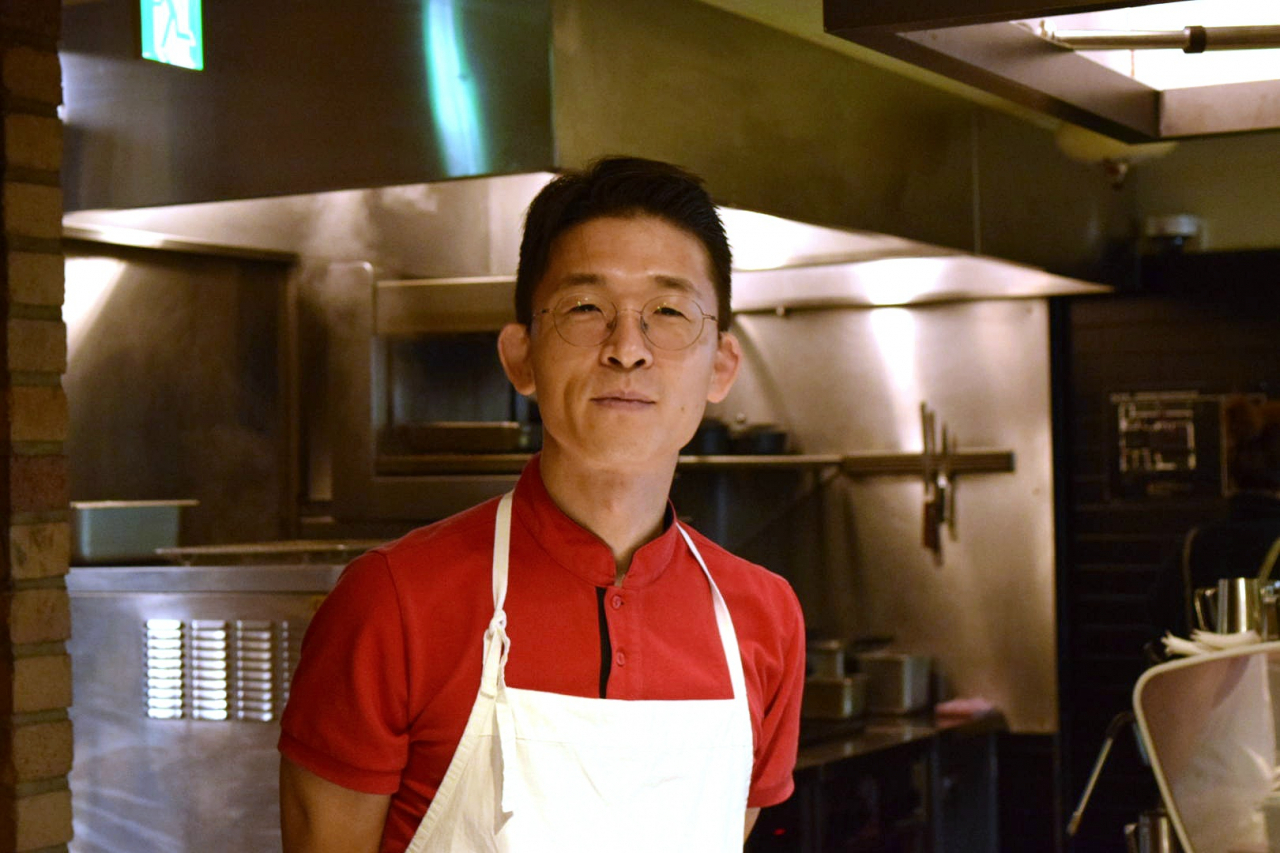
At 10:30 a.m., the chefs at Gigas, a Mediterranean restaurant located in an alley within Apgujeong, Seoul, are already busy slicing and chopping ingredients, getting ready to receive dinner guests.
Enter the rustic-looking, two-story building with a blue canopy with the words "Modern Mediterranean" on it, and you are immediately hit with a complex mix of vegetable scenes punctuated by a sharp citrus note.
Gigas, which opened in early 2021, received a Michelin Green Star in October, becoming the third restaurant in Korea to be awarded the star that is given in recognition of sustainable practices. Tofu restaurant, Hwanggeum Kongbat, and A Flower Blossom on the Rice, which specializes in bibimbap, have earned a Michelin Green Star every year since the 2021 edition of the Michelin Guide.
"I feel privileged to wake up every morning and open my kitchen with a treasure box filled with fresh produce, thanks to my parents' hard work," Jung Ha-wan, 44, owner-chef of Gigas, told The Korea Herald on Friday. The restaurant uses organic produce grown on the farm of Jung's parents in Gunpo, Gyeonggi Province.
Jung recalled the day he attended the Michelin ceremony -- more than the win itself, he was thrilled to tell his parents about it. “I invited my parents to the Michelin gala dinner because I felt that this star is dedicated to their efforts in growing crops with such consistent quality."
Mediterranean restaurants are not easy to find in Korea, mainly due to the difficulty in sourcing the ingredients. Indeed, a Mediterranean restaurant was not the chef's first plan.
In 2020, when Jung looked around his space, the neighborhood seemed filled with high-priced fine dining restaurants. Since the building is next to a business area, he thought there was a need for a cozy spot for epicureans to enjoy light meals over drinks after work.
Although much of his culinary experience was in fine dining, Jung came up with the idea opening a casual bistro.
The team of four chefs, including himself, strictly adheres to Jung's priority -- to use as little seasoning as possible.
There is no fancy plating at Gigas; only the necessary garnishes are presented in a natural manner.
"The concept of Gigas has changed in the past year. My passion grew with fresh produce of the four seasons in Korea, and so have the expectations of our regulars. Soon, frequent diners started asking for full-course meals."
The menu changes seasonally at Gigas, but there are a number of signature dishes that are available year-round, such as mackerel escabeche with yuza sabayon and coriander oil, and radish carpaccio with nasturtium vinaigrette.
"Vegetables have bitterness and sweetness. But since mass-scale farming methods tend to involve excessive watering, the vegetables end up losing their unique scent," Jung said.
The food at Gigas fall on the clean and delicate side, as many customer reviews noted.
Jung defines Mediterranean dishes as those prepared with produce grown under a dry and warm Mediterranean climate, with a lot of sunlight.
Jung goes to his parents' farm every weekend.
He relaxes under the sunlight for several hours, then starts working on making the conditions for the vegetables and fruits as natural as possible. He values giving as much time for each produce to grow to its fullest.
"We don’t use fertilizers, and we wait at least six to seven months for our carrots to grow," he said.
After several years working towards becoming a chef, Jung packed up and left for Europe in 2009. For more than a decade, he worked at restaurants across Europe, including Restaurant La Vie, a Michelin three-star restaurant situated in the historic town of Osnabruck, Germany, where he worked as the head creative chef from 2013 to 2017.
Whenever he had a day to spare, he went to the country sides of Germany and the Netherlands by himself to do field research.
In the rural areas, most restaurants had their own farm in the front, which the diners must walk past to enter the restaurant.
"After smelling and seeing all the fresh produce, you get a sense that there is no way that the meal can go bad. This is what I call a true 'farm-to-table' restaurant dining."
Jung learned through such experiences that preparing a genuine and honest dish takes time. "There is no rush when one is working toward the best outcome," he said.
Growing and learning with the guests and expanding his understanding of different cuisines by listening to their preferences is a philosophy that Jung intends to maintain in his culinary career.

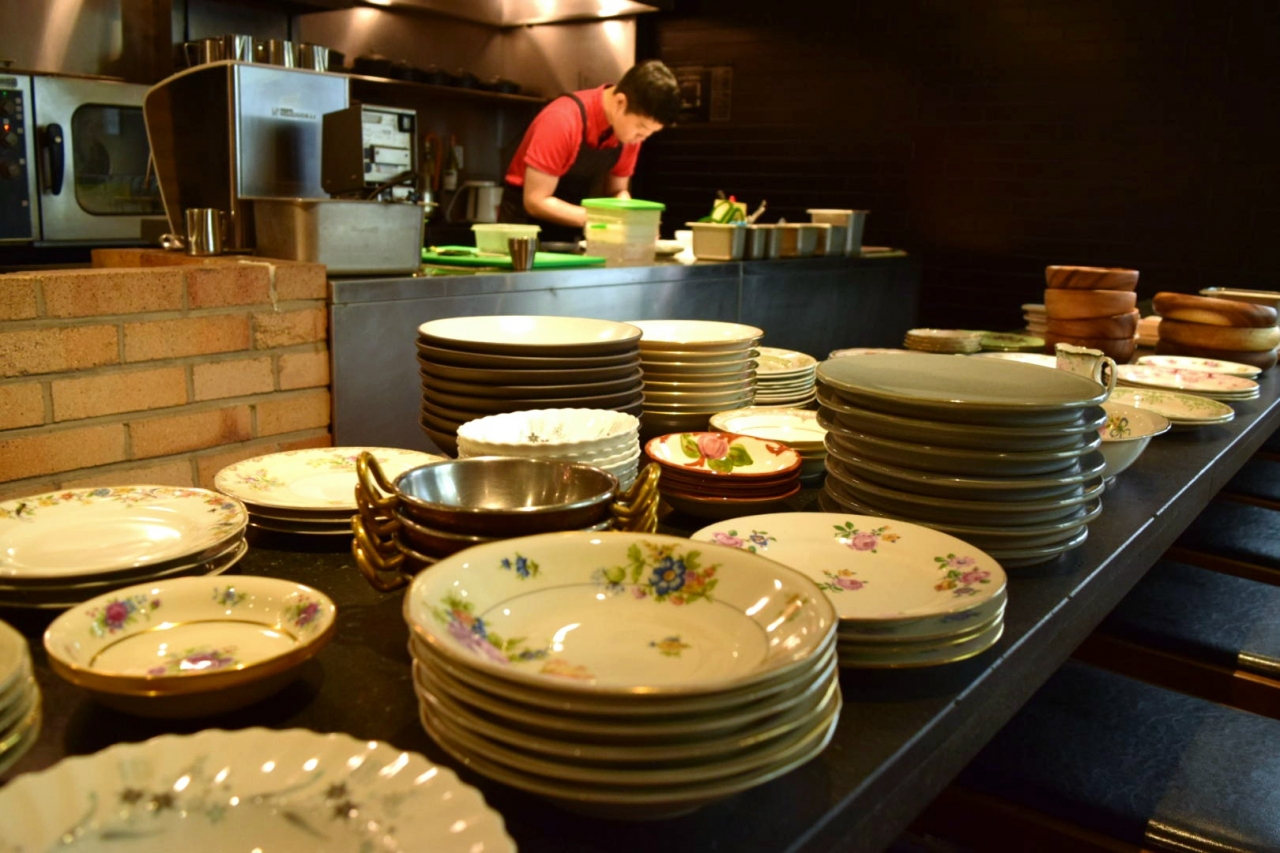
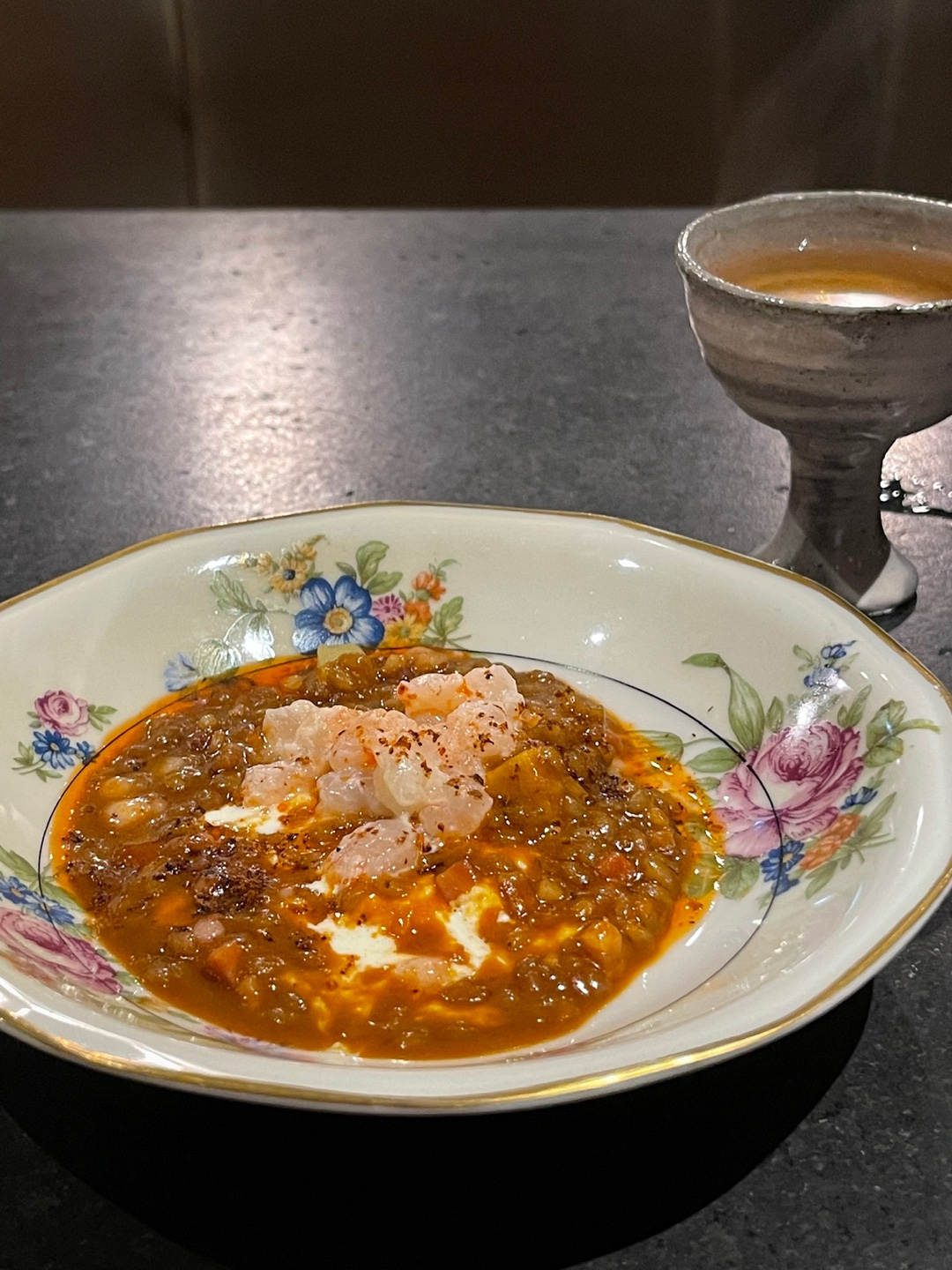
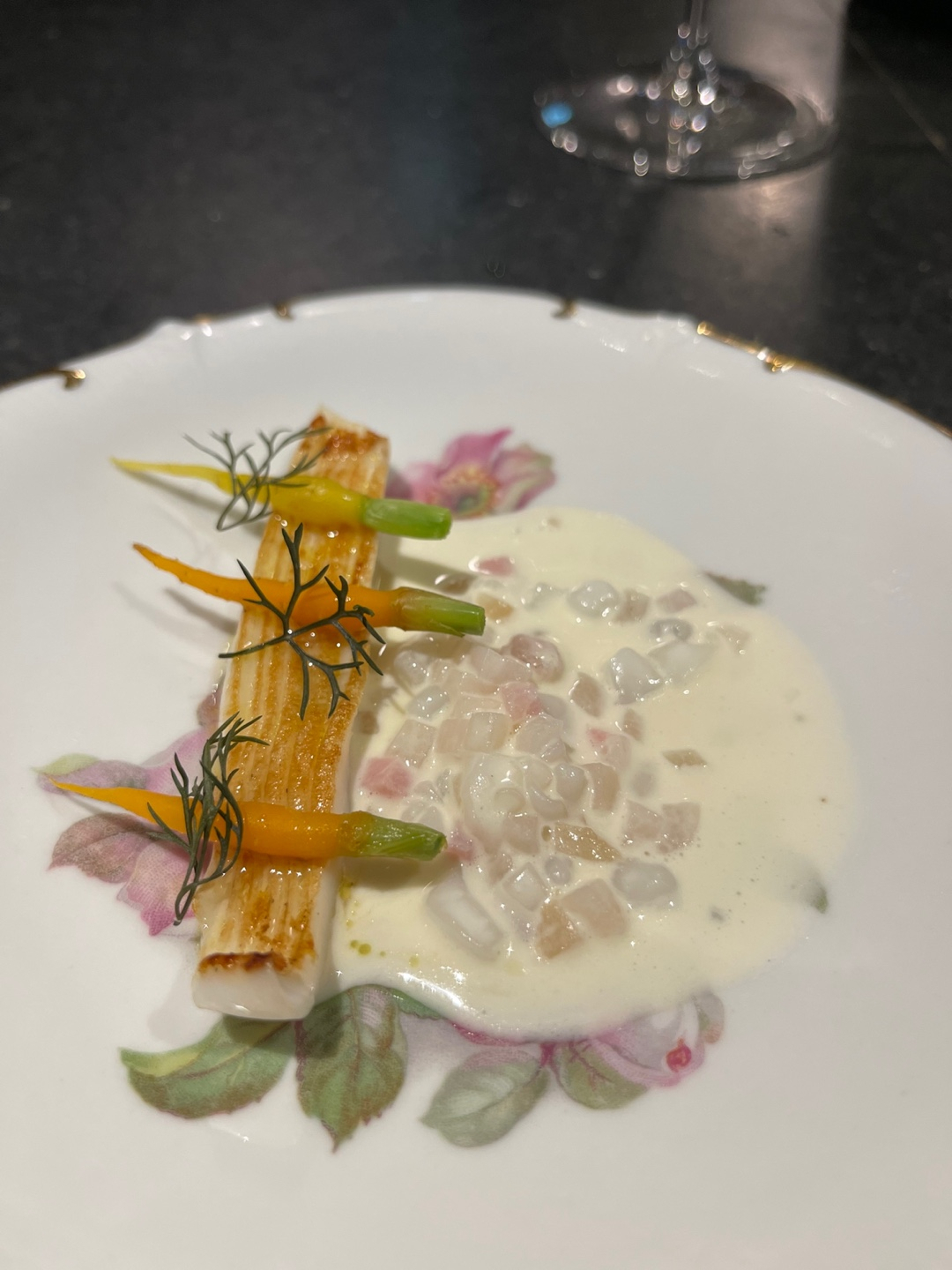
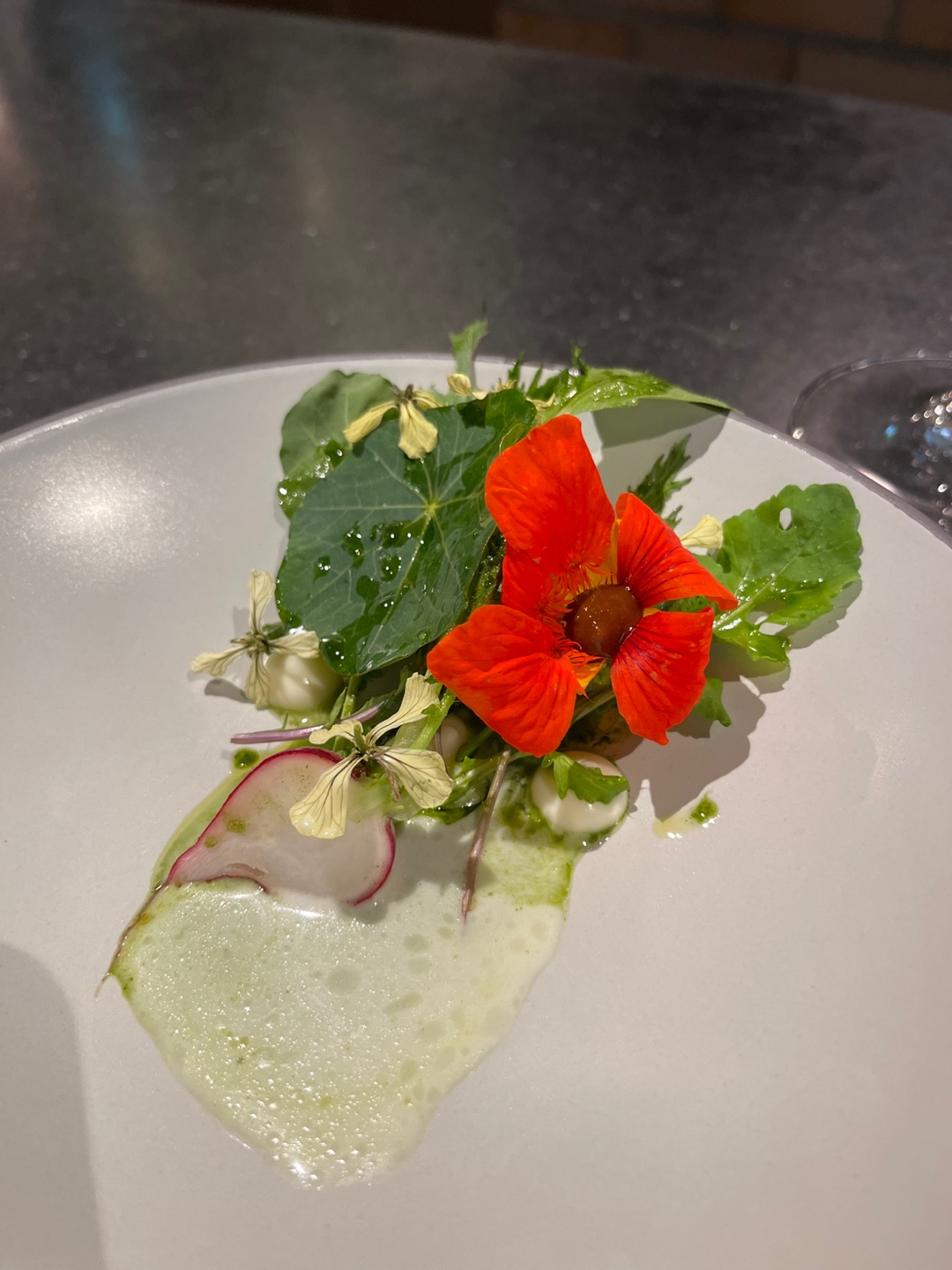









![[Today’s K-pop] BTS pop-up event to come to Seoul](http://res.heraldm.com/phpwas/restmb_idxmake.php?idx=644&simg=/content/image/2024/04/17/20240417050734_0.jpg&u=)
![[Graphic News] More Koreans say they plan long-distance trips this year](http://res.heraldm.com/phpwas/restmb_idxmake.php?idx=644&simg=/content/image/2024/04/17/20240417050828_0.gif&u=)







![[KH Explains] Hyundai's full hybrid edge to pay off amid slow transition to pure EVs](http://res.heraldm.com/phpwas/restmb_idxmake.php?idx=652&simg=/content/image/2024/04/18/20240418050645_0.jpg&u=20240419100350)

